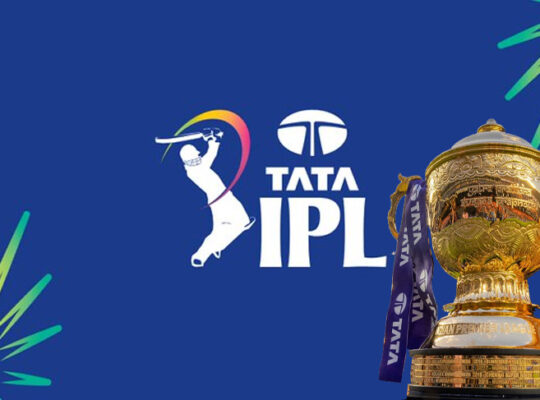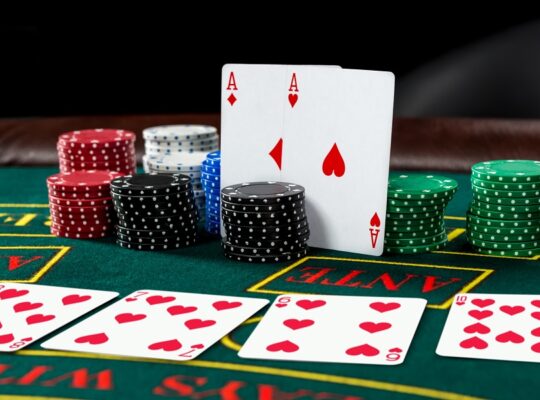Poker is a game rich in strategy, psychology, and mathematical odds. One of the key concepts that players must understand is the idea of a “gutshot.” In this article, we will explore what a gutshot is, how it fits into the broader context of poker hands, and strategies for playing gutshots effectively.
What is a Gutshot?
A gutshot, also known as an inside straight draw, occurs when a player needs one specific card to complete a straight. For example, if a player holds a 7 and 8, and the community cards show 5 and 6, they would need a 9 to complete their straight. Since the needed card is “inside” the other cards, it is termed a gutshot.
To visualize this better, consider the following example:
- Player’s Hand: 7♠, 8♣
- Community Cards: 5♦, 6♠, J♣
In this scenario, the player would need a 9 to complete their straight (5-6-7-8-9), hence it is a gutshot.
The Probability of Hitting a Gutshot
Understanding the odds associated with gutshots is crucial for making informed decisions in poker. There are 52 cards in total, and after two cards are dealt to each player and three community cards are placed on the table, there are 47 cards left.
In our example, since there are four 9s in the deck, the player has four outs to complete their straight. Therefore, the probability of hitting a gutshot on the next card (the turn) is calculated as follows:
- Odds of Hitting a Gutshot on the Turn: 4 outs / 47 remaining cards = approximately 8.5%
If the player misses on the turn but has a chance to see the river card, the odds change slightly since there will be one less card in the deck:
- Odds of Hitting a Gutshot on the River: 4 outs / 46 remaining cards = approximately 8.7%
Thus, the overall probability of hitting a gutshot by the river (after seeing both the turn and river) can be calculated as:
- Overall Probability: 1 – (Probability of Missing on Turn × Probability of Missing on River)
- Probability of Missing on Turn: 43/47
- Probability of Missing on River: 45/46
This results in a combined probability of around 16.5%.
When to Play a Gutshot
Playing a gutshot draw can be tricky and often depends on various factors, including:
1. Position
Your position at the table can significantly influence how you play a gutshot. If you’re in an early position, it might be wise to tread carefully, as aggressive players later in the betting round could raise the stakes. Conversely, if you’re in a late position and the action is checked to you, it may be an opportunity to bet and take control of the hand.
2. Pot Odds
Understanding pot odds is vital when deciding whether to chase a gutshot. Pot odds refer to the ratio between the current size of the pot and the size of the bet you need to call. If the pot odds justify the risk of chasing the gutshot, it could be worth continuing.
For instance, if the pot is $100, and you need to call a $20 bet to stay in, your pot odds are 100:20, or 5:1. Since the probability of hitting the gutshot is around 16.5%, it may not be worth it to chase unless you believe the potential winnings will outweigh the risk.
3. Opponents’ Actions
The behavior and tendencies of your opponents should also influence your decision to play a gutshot. If players are betting aggressively, it may indicate they have strong hands. In such situations, it might be better to fold rather than risk additional chips chasing a gutshot.
Strategies for Playing Gutshots
1. Semi-Bluffing
One effective strategy when holding a gutshot is to semi-bluff. This involves betting or raising with a gutshot draw in the hope of either hitting the straight or forcing your opponents to fold. Semi-bluffing can be especially effective against passive players who are unlikely to call your bet without strong hands.
2. Slow Playing
If you hit your gutshot on the turn or river, you might consider slow playing it. This involves checking or calling rather than betting aggressively, with the intention of inducing your opponents to bet. This strategy can be risky, as it relies on the assumption that your opponents have strong hands that they will continue betting with.
3. Aggressive Betting
If the board texture is favorable (i.e., it’s coordinated with many potential draws), aggressive betting can force opponents with weaker hands to fold. This strategy works well if you believe the pot is worth contesting and your chances of hitting the gutshot are favorable.
Conclusion
Gutshots are a common scenario in poker that require players to navigate a mix of odds, position, and psychological factors. By understanding the nature of gutshots, calculating the associated probabilities, and employing appropriate strategies, players can make more informed decisions and potentially capitalize on these tricky draws. Whether you choose to chase or fold, the key lies in evaluating the situation and playing strategically to maximize your chances of success at the table. Happy playing!















